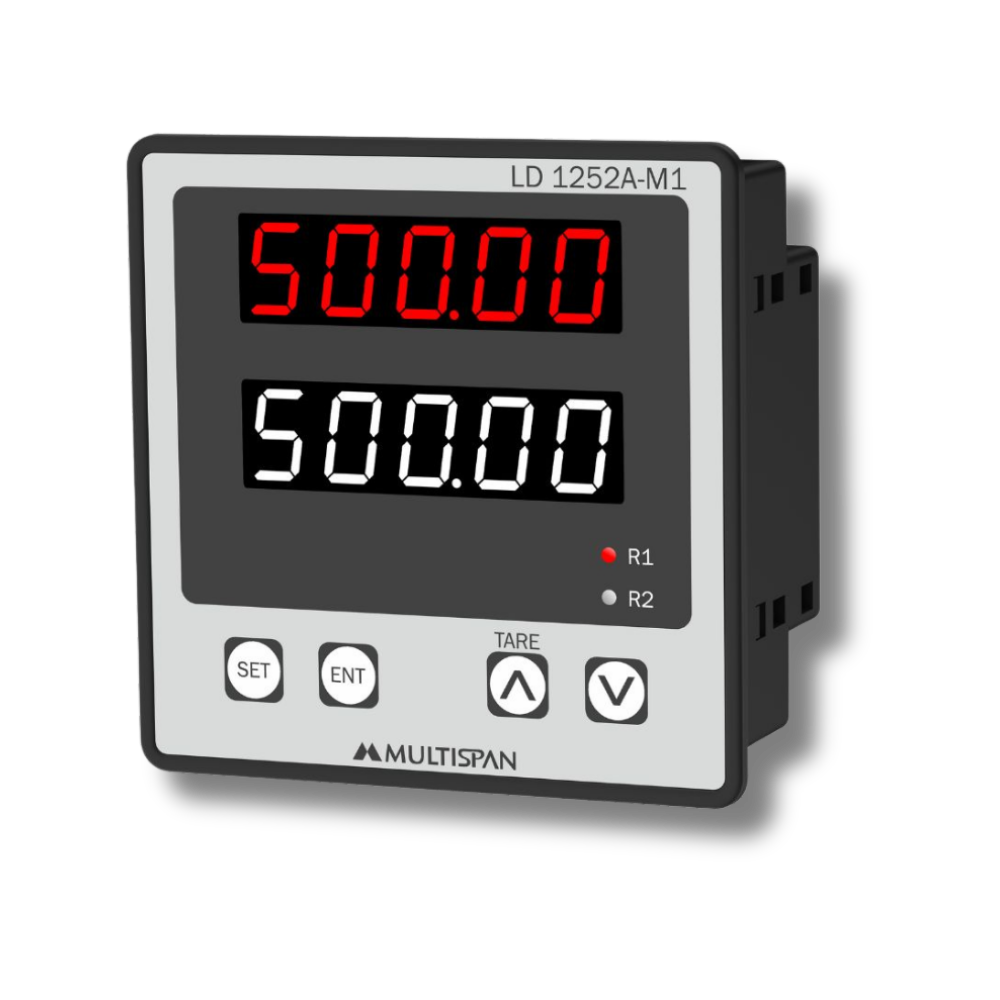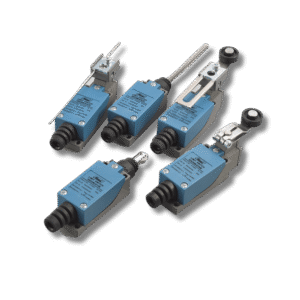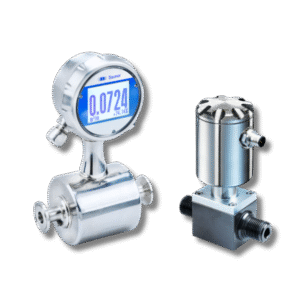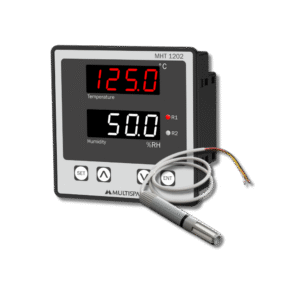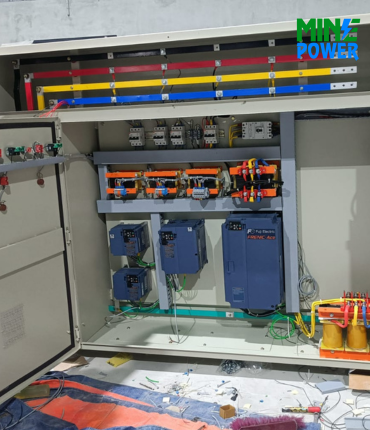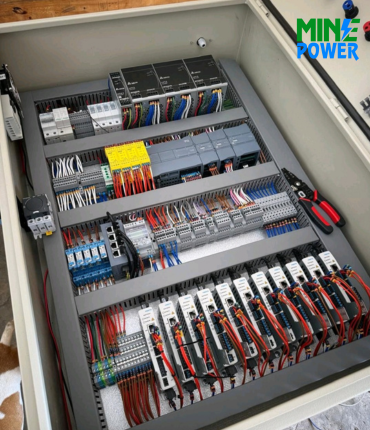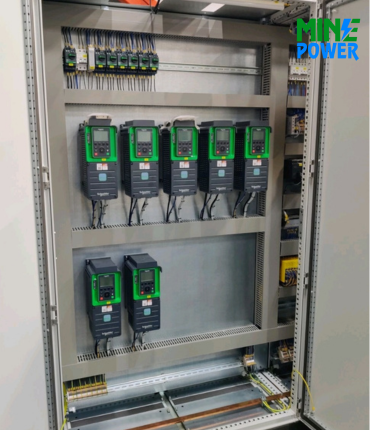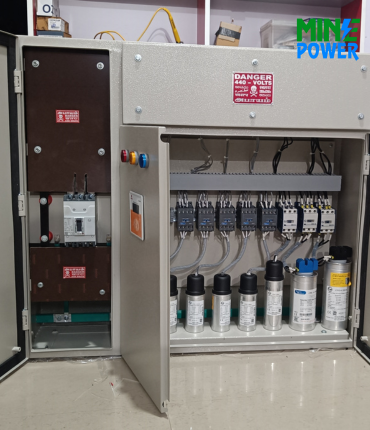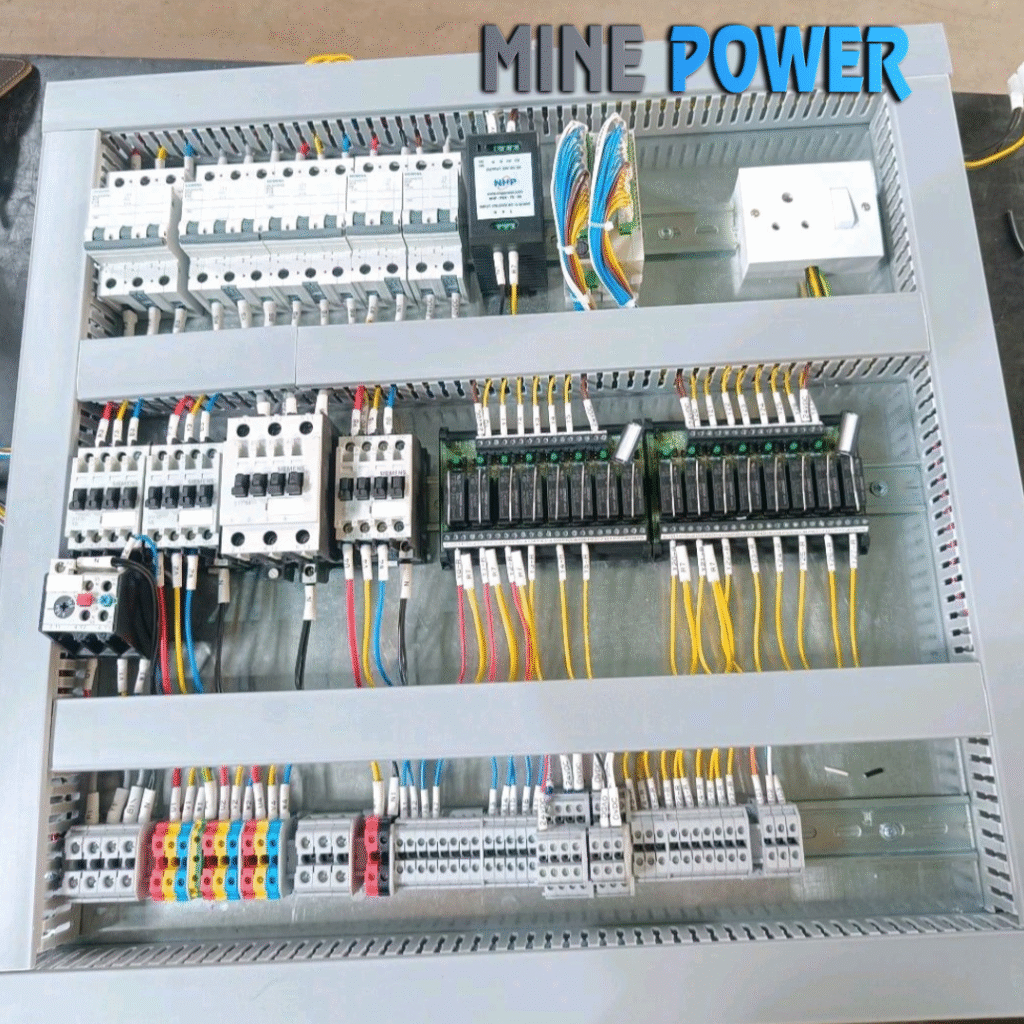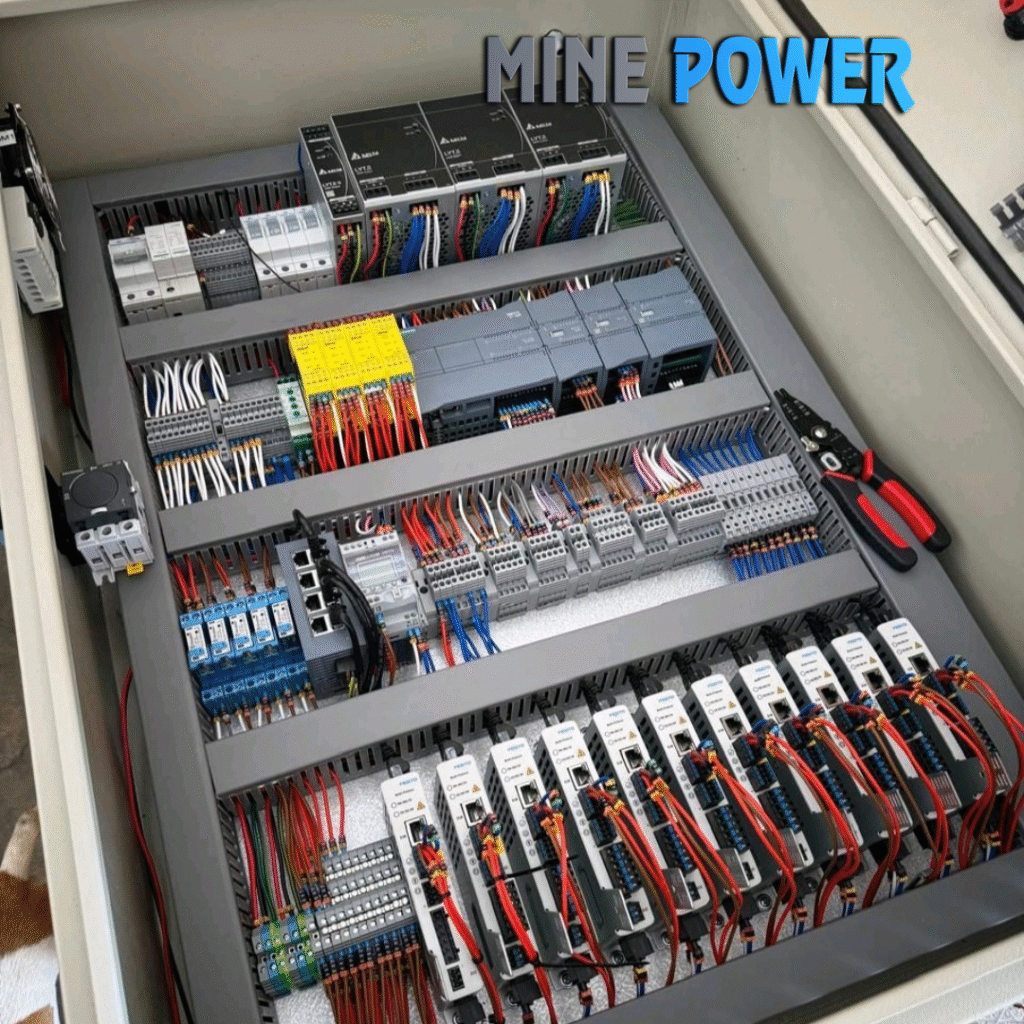A Load Cell Controller processes signals from load cells to display, monitor, and transmit weight data for automation. Compatible with PLCs, it enables precise control in batching, filling, dosing, and industrial weighing applications, ensuring accuracy and efficiency in production processes.
Description
A Load Cell Controller is an electronic device that interfaces with load cells to amplify, process, and display weight signals. It converts the low-level millivolt signal from a load cell into a usable output such as 4–20 mA, 0–10 V, RS485 (Modbus), or direct PLC input. In addition to displaying weight, the controller can perform batching, filling, dosing, and alarm functions, making it essential for industrial automation.
Specifications
-
Input: Strain gauge load cell (mV/V)
-
Excitation Voltage: 5–12 VDC (for powering load cells)
-
Output Options: 4–20 mA, 0–10 V, RS232, RS485 (Modbus/Profibus/Ethernet)
-
Display: Digital LED/LCD weight indicator
-
Accuracy: ±0.02% to ±0.05% of full scale
-
Control Function: On/Off, setpoints, PID control (depending on model)
-
PLC Interface: Analog input, digital I/O, or communication protocol
-
Mounting: Panel mount / DIN rail / wall mount
-
Power Supply: 24 VDC or 230 VAC (model-specific)
Key Features
✅ Real-time weight monitoring & display
✅ Built-in amplifier & signal conditioning
✅ PLC compatibility (Siemens, Allen-Bradley, Mitsubishi, etc.)
✅ Supports multiple load cells (parallel connection)
✅ Configurable setpoints for alarms and process control
✅ Suitable for batching, filling, and dosing applications
✅ Communication support for SCADA & HMI systems
Applications
Industrial Weighing Systems (tank, silo, hopper weighing)
-
Batching & Dosing Machines (food, pharma, chemical)
-
Filling Systems (liquid & solid filling automation)
-
Conveyor Weighing (check weighing, in-motion weighing)
-
Robotics & Automation (force feedback systems)
-
Quality Control & Packaging (weight-based rejection systems)
Advantages
✔ Provides processed weight signal directly to PLC
✔ Eliminates need for external amplifier modules
✔ User-friendly interface with display and keypad
✔ Flexible communication options for integration
✔ Improves accuracy and efficiency in automated processes
Disadvantages
✖ Higher cost compared to direct load cell + amplifier
✖ Requires calibration and setup by skilled personnel
✖ Sensitive to electrical noise if not properly shielded
✖ Limited to specific load cell capacities depending on model


